Well, if there's no brick-and-mortar dealers where you are, there's still ample ways to see what a module does aside of VCV.
First up, many of the MG listings have links to manufacturers, and they have rather detailed info a bit beyond what MG can do, plus some also have VIDEOS via YouTube. These are videos I 100% endorse, as you'll have the designers explaining the functions, tricks, etc of particular modules.
Also, check major dealers such as Perfect Circuit, Schneider's, et al as they also offer content on modules and systems that can be very useful. Stick with the modular-specific dealers, though; while "big guns" such as Sweetwater, Thomann, etc do carry modular gear, informationally you're better off with specialist dealers who know modular first.
A third possibility is to just ask manufacturers a question or two outright if the above two methods aren't getting you the info you want. But before doing this step, check their sites to see if they have user manuals available online. Many manufacturers do provide these in various forms, so it's worth taking a look.
VCV is good for explaining functions in modular synthesis and there's a few modules that DO emulate hardware there, but for the most part VCV isn't the best reference for hardware shopping. It'll give you an idea of what might work for you, but there ARE dissimilarities.
Now, as for VCAs...it's important to remember that there are TWO different kinds of VCAs, and they have two different purposes...
Linear VCAs, which are usually DC-coupled to allow CVs and modulation signals to pass, are for controlling/automating levels of those two types of signals. You CAN use linear VCAs for audio as well, but keep in mind that our hearing perceives apparent loudness as an exponential factor, so linear VCAs will just give a basic up and down to audio voltage levels but not an accurate volume increase/decrease.
To get accurate shifts in VOLUME...you use exponential VCAs. These have a response curve that fits how we hear sound better, because that curve tends to track our Fletcher-Munson responses whereas the linear VCAs are...well, linear in response. Also, exponential VCAs tend to be AC-coupled to prevent DC signals (such as modulation, CVs, etc) from passing. And this is important, as DC sent to an amplifier is not a good thing, and can lead to damage to the amp, your monitors, or both!
Now, there IS a "third" type of VCA, and it's those which can switch between these modes of operation. Some are simpler to use, like Malekko's Dual VCAs, where you have a switch between the two types. But others are more subtle, like the Mutable Veils or the Intellijel Quad VCA, both of which have a circuit that allows you to "tune" the VCA response to any sort of curve between pure linear and fully-exponential. These are useful...but it's important to remember that these modules are designed for both audio AND CV/mod use, ergo there won't be AC-coupling there.
BUT...it IS possible to block DC in other ways, with the very best being transformer isolation and balancing on your outputs. This not only stops DC at the very end of the modular signal chain, but it also isolates the modular from garbage that might be INcoming on your output lines, such as AC ground looping, RF crud, and other types of noise which, yes, can get in via the OUTput and be problematic. Lastly, these modules also drop your modular voltage levels back down to line-level which helps prevent overloading issues at the mixer. Happy Nerding's Isolator is a good choice here...it's small and cheap, but provides all the above plus ground lifts per channel and a master stereo level for your output. Very, VERY useful. And, also, a good example of how you can deal with one module's shortcomings with another strategically-placed module elsewhere in the system.




